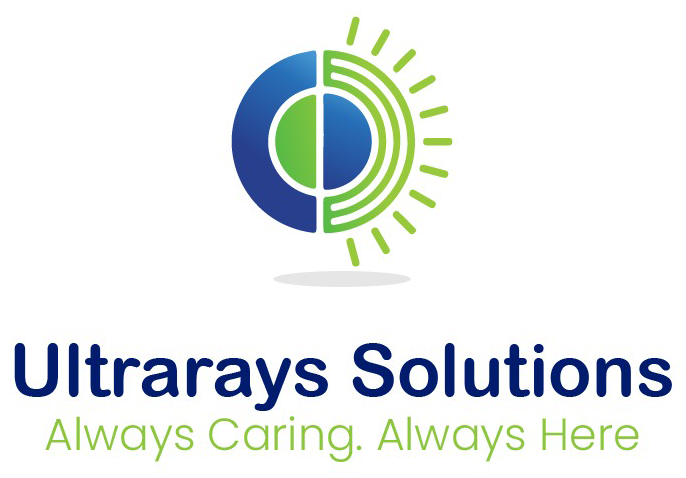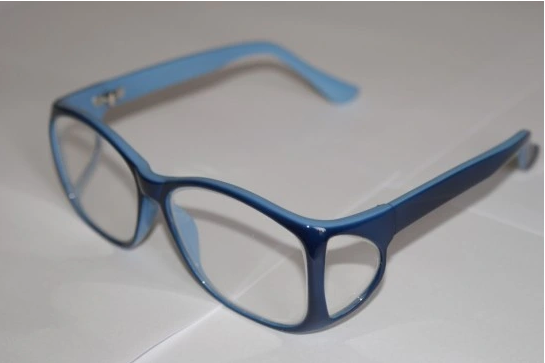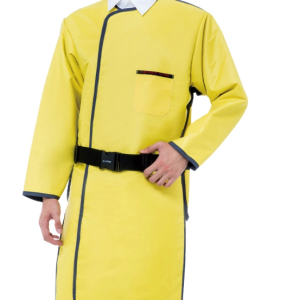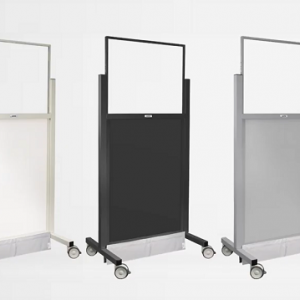Lead goggles are a type of personal protective equipment (PPE) that provides eye protection against radiation. They are commonly used in various industries where workers may be exposed to ionizing radiation, such as medical facilities, nuclear power plants, and industrial radiography.
Lead goggles are designed to shield the eyes from harmful radiation by incorporating lead or lead-equivalent materials into the lenses. Lead is an effective shielding material for radiation due to its high atomic number, which allows it to absorb and scatter radiation particles effectively.
When selecting lead goggles for radiation protection, it is important to consider the following factors:
- Lead equivalency: The lenses of the goggles should have an appropriate lead equivalency rating to ensure effective radiation protection. The lead equivalency refers to the thickness of lead required to provide the same level of radiation attenuation as the material being evaluated. It is typically measured in millimeters (mm) of lead.
- Frame design: Look for goggles with a snug-fitting frame that provides a secure and comfortable fit. The frame should have side shields or wraparound design to minimize radiation exposure from peripheral sources.
- Lens material: The lenses of lead goggles are often made from leaded glass or polycarbonate with lead embedded in the material. Both materials offer adequate radiation shielding, but polycarbonate lenses are generally lighter and more impact-resistant.
- Optical clarity: Ensure that the goggles provide clear vision without distortion or haziness. Optical clarity is crucial for maintaining visual acuity and minimizing eye strain during tasks that require precise vision.
- Certification: Look for lead goggles that meet relevant safety standards and regulations. In the United States, the American National Standards Institute (ANSI) and the International Electrotechnical Commission (IEC) provide standards for radiation protection eyewear.







